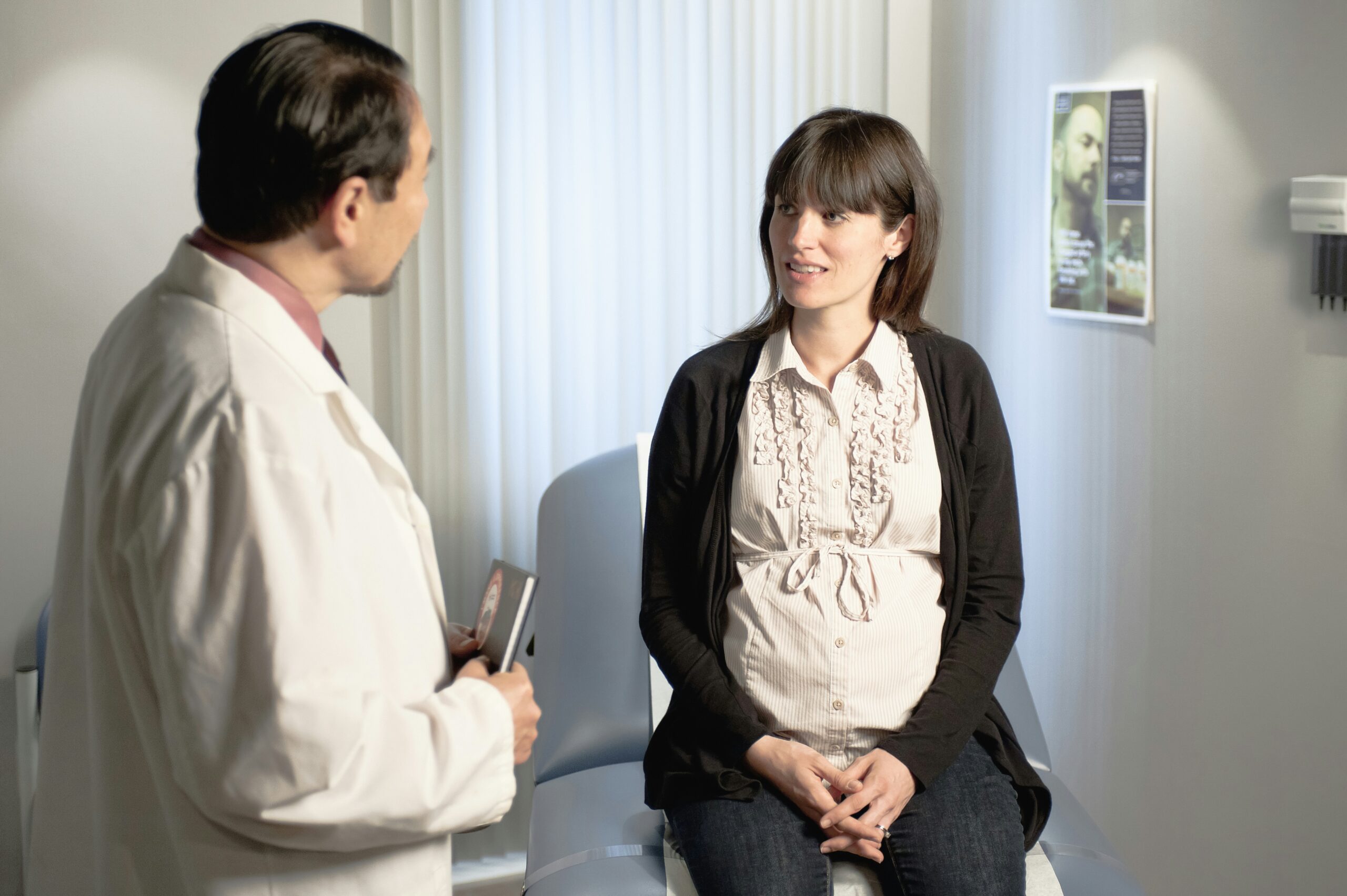
Effective communication lies at the heart of quality healthcare. Every interaction between a healthcare provider and a patient carries the potential to influence not only the outcome of medical treatment but also the patient’s overall experience. Words, tone, and body language convey understanding, empathy, and professionalism. When healthcare professionals communicate skillfully, they build trust, reduce anxiety, and encourage patient cooperation. Conversely, miscommunication can result in confusion, dissatisfaction, and even medical errors. Therefore, mastering communication in healthcare is not just an added skill; it is a vital component of patient care.
The Power of Active Listening
Active listening forms the cornerstone of effective communication. Healthcare providers must engage fully with patients, paying attention to verbal cues, tone, and nonverbal cues, such as body language and facial expressions. By acknowledging patient concerns without interruption, clinicians demonstrate respect and empathy. This approach encourages patients to share more detailed information about their symptoms and concerns. When patients feel heard, they become active participants in their care, which often leads to better adherence to treatment plans. Additionally, active listening helps prevent misunderstandings that can compromise patient safety, making it an essential practice in every healthcare setting.
Clarity and Simplicity in Communication
Clarity is essential when conveying medical information. Healthcare professionals must translate complex medical terminology into language that patients can easily understand. Using simple, direct words enhances comprehension and reduces anxiety. For instance, explaining a diagnosis by comparing it to everyday experiences can make abstract concepts tangible. Transitioning between technical details and practical advice ensures patients understand both the nature of their condition and the steps they need to take. Clear communication also minimizes the risk of errors, as patients who understand instructions are more likely to follow them correctly.
Empathy and Emotional Support
Empathy is a powerful tool in healthcare communication. Patients often experience fear, uncertainty, and stress when navigating medical procedures. A compassionate tone and validating statements can alleviate these emotions, fostering a sense of safety and trust. Healthcare providers who express genuine concern can create a supportive environment that encourages openness. For example, acknowledging a patient’s fears before discussing treatment options can ease tension and improve cooperation. Emotional support through words strengthens the therapeutic relationship, leading to better outcomes and higher patient satisfaction.
Nonverbal Communication Matters
Words alone do not carry the full weight of communication. Nonverbal cues, including eye contact, facial expressions, gestures, and posture, play a crucial role in conveying empathy and understanding. Maintaining open body language signals attentiveness and willingness to listen. Subtle gestures, such as a reassuring touch on the shoulder or a nod in agreement, reinforce verbal messages. Conversely, distracted or closed body language can undermine the message and make patients feel undervalued. Effective healthcare communication integrates both verbal and nonverbal elements, ensuring the intended message reaches the patient thoroughly and accurately.
Cultural Sensitivity and Inclusivity
Healthcare communication must take into account diverse cultural backgrounds and perspectives. Patients come with different beliefs, values, and expectations regarding medical care. Recognizing and respecting these differences prevents miscommunication and fosters mutual trust. Providers who adapt their language and approach to align with a patient’s cultural context demonstrate respect and understanding. Using inclusive language and avoiding assumptions ensures that patients feel valued and understood. Cultural sensitivity not only improves communication but also enhances the overall quality of care, as patients are more likely to engage openly when their background is acknowledged.
The Role of Technology in Communication
Technology increasingly shapes how healthcare professionals communicate with patients. Electronic health records, telemedicine, and messaging platforms offer convenience and accessibility. However, these tools require careful use to maintain clarity and empathy. Written messages must be concise, respectful, and easy to understand. Video consultations demand attentiveness to tone, facial expressions, and visual cues. When used effectively, technology can enhance communication, streamline care, and improve patient engagement. Yet, overreliance on digital communication without personal interaction risks diminishing the human element that lies at the core of healing.
Training and Continuous Improvement
Mastering communication in healthcare requires ongoing training and self-reflection to ensure effective and efficient interactions. Providers must continually assess their communication skills, seeking feedback from colleagues and patients to improve their effectiveness. Role-playing scenarios, workshops, and professional development programs can reinforce effective techniques. Reflecting on past interactions helps identify areas for improvement, whether in clarity, empathy, or cultural sensitivity. Continuous practice ensures that communication remains patient-centered, responsive, and adaptable to different situations. Healthcare institutions that prioritize communication training create an environment where both providers and patients benefit from improved interactions and outcomes.
Healing through words extends far beyond the mere exchange of information. Effective communication in healthcare fosters trust, alleviates anxiety, and enhances the therapeutic relationship. Active listening, clarity, empathy, nonverbal cues, cultural sensitivity, and careful use of technology all contribute to the quality of patient care. By mastering these skills, healthcare professionals can ensure that patients feel understood, respected, and supported throughout their medical journey. Ultimately, words have the power to heal, comfort, and guide, making communication an indispensable tool in achieving better healthcare outcomes.